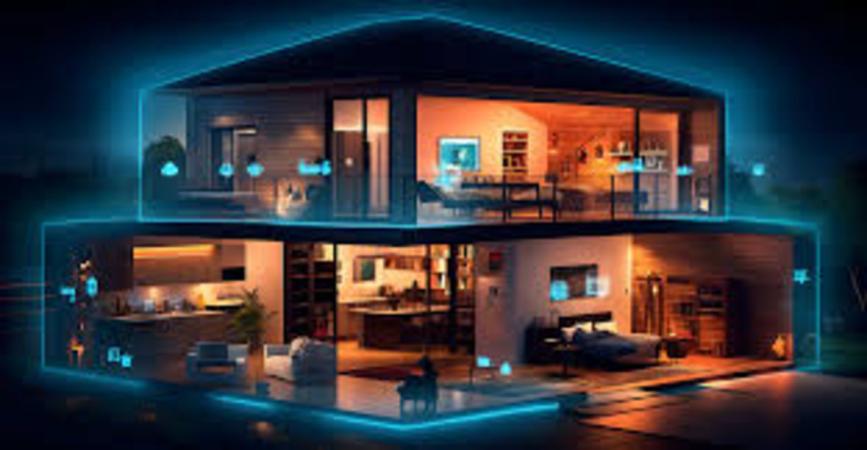Introduction
Over the last decade, the concept of a “smart home” has evolved from a futuristic dream into a mainstream reality. Through the integration of Internet of Things (IoT) devices, artificial intelligence (AI), and automation systems, homes around the world are becoming more efficient, secure, and convenient. Whether it’s controlling lights with a voice command, monitoring security cameras remotely, or automating energy use, smart homes represent a transformative shift in how we interact with our living spaces.
What Defines a Smart Home?
A smart home consists of interconnected devices and appliances that communicate with each other and can be controlled remotely. These devices can be operated through smartphones, tablets, or voice assistants like Amazon Alexa, Google Assistant, and Apple Siri.
Common smart home features include:
Smart thermostats (like Nest) that learn your schedule to optimize energy use.
Smart lights that adjust brightness or change color with voice or app commands.
Security systems with smart locks, cameras, and motion detectors.
Smart kitchen appliances such as refrigerators that notify you when items are low or ovens you can preheat remotely.
Home entertainment systems that adapt to user preferences.
Benefits of Smart Living
One of the most significant benefits of smart home technology is convenience. Imagine waking up and having your blinds automatically open, your coffee start brewing, and your favorite playlist begin—all without lifting a finger.
Energy efficiency is another major advantage. Smart thermostats and lights help reduce energy consumption by adapting to user behavior and schedules. This can lead to significant savings on electricity and heating bills.
Safety and security are also enhanced. With real-time alerts, remote monitoring, and automation, homeowners can ensure their property is protected even while away. Smart smoke detectors and leak sensors can also detect emergencies early and alert homeowners or emergency services.
Challenges and Concerns
Despite its many advantages, the rise of smart home technology raises valid concerns. Privacy is a key issue. Devices constantly collecting data can potentially be misused if proper security measures are not in place. Hackers gaining access to a smart home network could control lights, locks, or even cameras.
Compatibility is another issue. Many devices come from different manufacturers and don’t always work well together. This can make setting up a fully integrated system frustrating or expensive for the average user.
There’s also the learning curve. For less tech-savvy individuals, the idea of programming a thermostat or setting up automation scenes can be overwhelming.
Market Growth and Trends
The global smart home market is booming. According to market research, the industry is projected to exceed $230 billion by 2028, driven by increasing consumer interest and technological advancement. In particular, the expansion of 5G networks and improvements in AI are expected to fuel even more sophisticated home automation capabilities.
Another key trend is sustainability. As awareness of environmental issues grows, more homeowners are turning to smart devices to lower their carbon footprint. Smart irrigation systems, solar power integrations, and intelligent water usage tools are gaining popularity.
Conclusion
Smart homes are no longer a luxury reserved for the wealthy—they are becoming a practical, accessible, and integral part of modern living. With continued advancements in AI, connectivity, and user-friendly design, the homes of tomorrow will not only respond to our needs—they’ll anticipate them. As we navigate this new era, balancing convenience with privacy and affordability will be key to unlocking the full potential of smart living.

